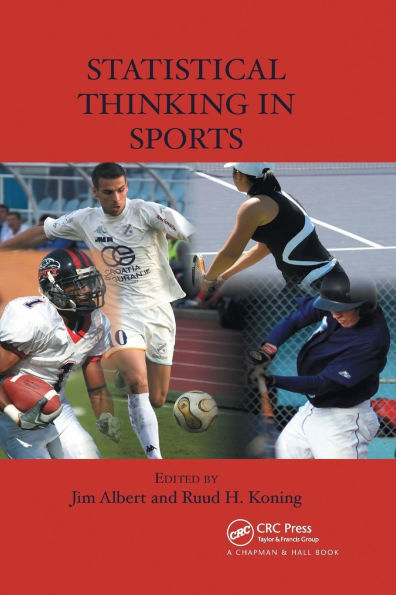Sports have been fruitful areas of application of statistical research for many years. Featuring contributions from leading researchers in this area, Statistical Thinking in Sports covers statistical and econometric methodology along with a range of sporting applications. Organized by statistical theme, this book addresses topics such as ranking and performance measurement, measurement and interpretation of home advantage, measurement of interventions in sports, competitive balance, limits of sports, betting, and attendance of sporting events. The book balances US-based sports with European-based sports.
1128412283
Statistical Thinking in Sports
Sports have been fruitful areas of application of statistical research for many years. Featuring contributions from leading researchers in this area, Statistical Thinking in Sports covers statistical and econometric methodology along with a range of sporting applications. Organized by statistical theme, this book addresses topics such as ranking and performance measurement, measurement and interpretation of home advantage, measurement of interventions in sports, competitive balance, limits of sports, betting, and attendance of sporting events. The book balances US-based sports with European-based sports.
84.99
In Stock
5
1

Statistical Thinking in Sports
312
Statistical Thinking in Sports
312
84.99
In Stock

Product Details
| ISBN-13: | 9780367388850 |
|---|---|
| Publisher: | Taylor & Francis |
| Publication date: | 06/19/2019 |
| Pages: | 312 |
| Product dimensions: | 6.12(w) x 9.19(h) x (d) |
About the Author
What People are Saying About This
From the B&N Reads Blog
